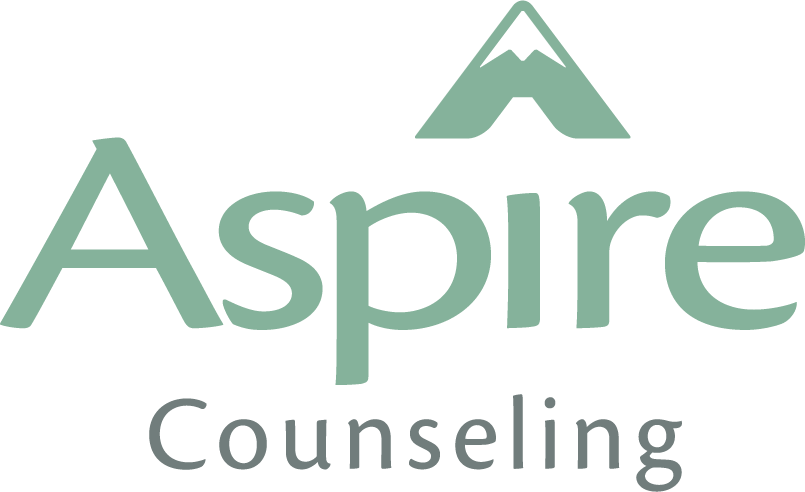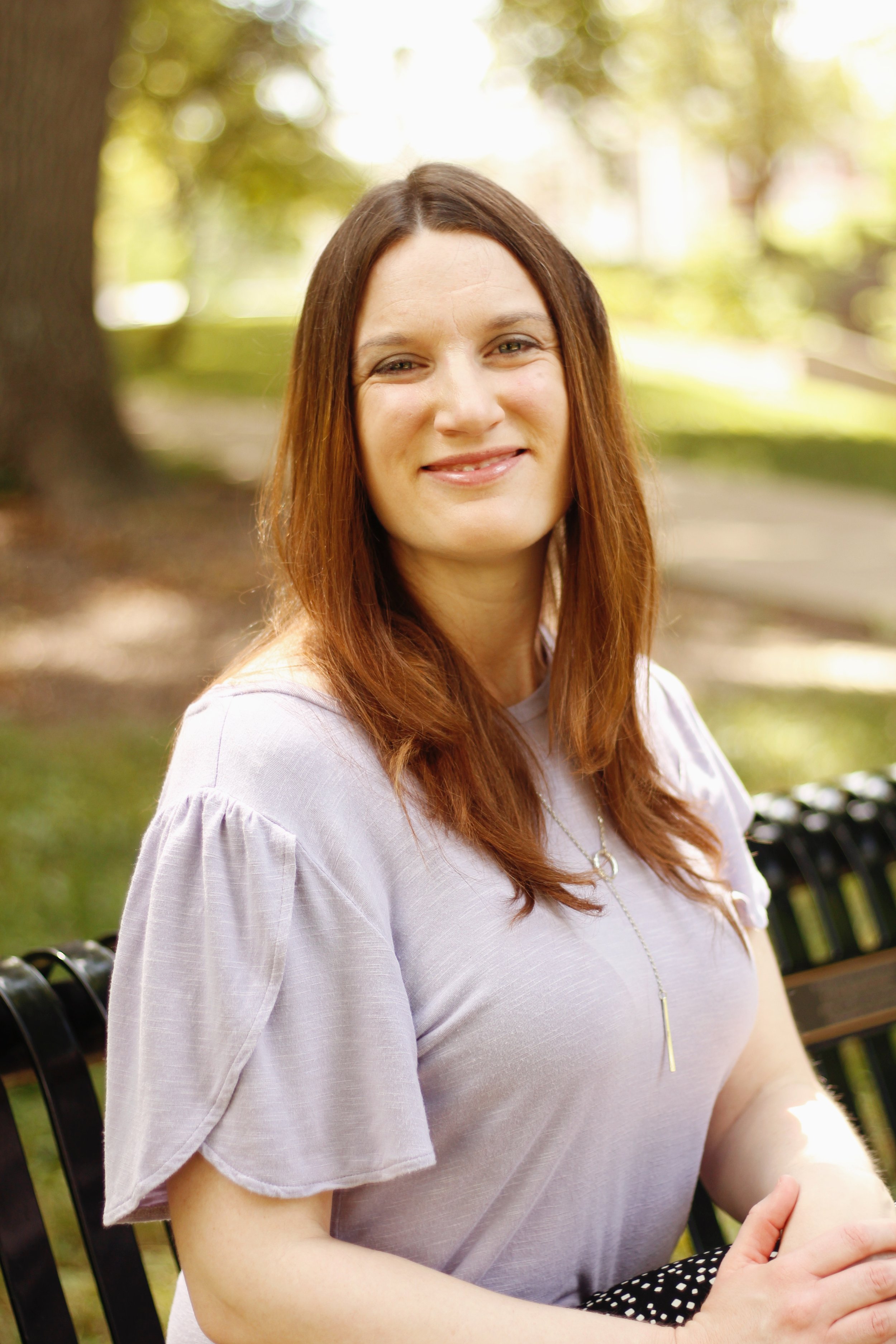Obsessive Compulsive Disorder: An Introduction
I often hear people say “Oh I have OCD.” What they really mean is “I want my surroundings to be very organized.” OCD is much more complicated than this. Obsessive Compulsive Disorder, better known simply as OCD, is life altering. There is so much more to OCD than wanting surroundings to be organized. Likewise, people often say, “I’m obsessed.” What they really mean is, “I’m preoccupied with a topic, idea or even person.”
Generally, these things don’t affect one’s day-to-day living. They may even be pleasurable. Most of the time the person can turn those thoughts off and concentrate on something else. They can still effectively do their jobs and spend time with other people. True obsessions are thoughts, impulses or images that are bothersome and will not go away. Obsessions usually include intense and uncomfortable feelings such as doubt, fear, disgust or a feeling that things must be done “just right.” They cause significant anxiety and distress and last at least an hour a day. The thoughts overcome one’s life and often affect jobs, relationships, and daily way of living. The person does not want these thoughts but they will not go away even with much effort to push them away. The person knows their thoughts are unreasonable but they still can’t stop the thoughts.
People do physical acts or use mental rituals to make the thoughts go away. These are compulsions. Compulsions are behaviors performed repeatedly in order to decrease the obsession or fulfill a rule that must be followed rigidly. They are used to prevent or reduce distress or to prevent a dreaded event or situation. However, these behaviors and mental rituals will not realistically prevent feared events. Alternatively, they keep the obsession alive. It is truly a cycle that one often cannot break on their own. OCD affects 2-3% of people in the United States, and among adults, slightly more women than men are affected. OCD often begins in childhood, adolescence, or early adulthood; the average age symptoms appear is 19 years old. Below I will discuss a highly effective treatment used to decrease obsessions and compulsions.
Photo by Matt Briney on Unsplash downloaded on 3/30/22
Examples of obsessions:
Contamination (germs, disease, bodily fluids,environmental contaminants, household chemicals and dirt)
Unwanted sexual thoughts (perverse acts, incest, child abuse)
Religious obsessions (blaspheming God, obsessive concern with right/wrong)
Losing control (stealing things, blurting out obscenities, acting on impulse to hurt self or others) harm (responsibly for something bad happening-fire, burglary, harming others due to not being careful enough)
Perfectionism (evenness or exactness, need to know, losing important information, losing things)
Excessive concern with body part or aspect of appearance)
Getting a disease not by contamination (cancer)
Fear of saying certain things
Intrusive images
Examples of compulsions:
Excessive or ritualized handwashing
Checking locks, stove, appliances, etc
Checking that did not/will not harm others
Checking that did not/will not harm self
Checking that nothing terrible did/will happen
Checking that did not make mistake
Checking tied to somatic obsessions
Rereading or rewriting
Needing to repeat routine activities (jog, in/our door, up/down from chair)
Counting
Hoarding
Mental rituals (other than checking/counting)
Excessive list making
Needing to tell, ask or confess
Needing to touch, tap or rub
Rituals involving blinking or staring
Measures (not checking) to prevent: harm to self/harm to others
Ritualized eating behaviors
Trichotillomania
The above are just some examples. Again these obsessions and compulsions last at least an hour a day and negatively affect one’s daily life. Thankfully, there is a very effective way to treat OCD.
Effective Treatment for OCD
Photo by Sasha Freemind on Unsplash downloaded on 3/30/22
The most effective treatment is Exposure plus Response Prevention (ERP). ERP is very structured and lasts 17-20 sessions. ERP treatment includes in vivo exposure, imaginal exposure, ritual prevention, processing and home visits. ERP is a behavioral therapy in which the client repeatedly confronts their obsessive fear (exposure) without doing any compulsive anxiety-reducing actions (response prevention). In time the client will have less anxiety when the thoughts arise. Research shows that simply trying to not think about something does not work. For the next few seconds think about a pink elephant. Okay, now don’t think about a pink elephant.
Doesn’t work, huh?
In ERP treatment a client will learn how to coexist with their discomfort rather than attempting to push or rationalize it away. Over time the client will have little to no distress when the thoughts arise.
Exposure as Part of ERP
One big component of ERP is exposure. The two types of exposure used in ERP are in vivo exposure and imaginal exposure. In in vivo exposure the person does actions that cause the unwanted feelings. The client makes a list of feared activities from the least feared to most feared. The client assigns a number from 0 meaning no stress at all to 100 causing unbearable distress. The items are then ranked in order. The therapist and client start with the first one the client feels they can reasonably perform.
The client and therapist plan out exposure activities to discuss and practice during the session. The client will then do those exposures outside the office between sessions for 30 minutes to 2 hours daily. The client is to rate their level of anxiety during each time they perform the exposure. Typically sessions are twice a week and there is a 15-30 minute phone call with the therapist between sessions. This is to provide support and hold the client accountable between sessions. The therapist and client will problem-solve difficulties the client is facing when doing the task. The client is encouraged to have a support person to hold them accountable and provide support. It is best if the person lives with the client but if that is not possible, the support person is easily reachable.
The goal is the client will feel less and less anxiety during each task eventually able to perform even the most feared task with little to no anxiety.
Photo by micheile .com on Unsplash downloaded on 3/30/22
An Example of How Exposure Works for Contamination OCD
As an example, a common obsession is fearing contamination. The person may excessively wash their hands to the point of them becoming raw for fear of getting sick. Possible exposures might be shaking a stranger's hand, touching the bottom of their shoe, handling money, touching a toilet seat without immediately washing one’s hands. This sounds gross but over time the client will have less anxiety regarding their fear of getting sick. Another example would be a person who has a fear of burning down their house so they have a ritual in which they repeatedly check to make sure all appliances are turned off. They would have to leave their house without checking.
However, there are times it would be illegal or impossible to do an exposure. For example, let’s say a client has a fear of developing an illness. The person would create, with the therapist’s guidance, an elaborate account of their worst case scenario from beginning to end. This may start with the client noticing a bump on their arm and ending with their death. The client would record the account and listen to it 30 minutes to an hour daily. Over time the client will become less anxious when hearing the account. Eventually, the client will often become bored listening to it. Again the person would rate their anxiety during the exposure.
Ready to Begin OCD Treatment in Missouri?
In conclusion, OCD is a real disorder that can be debilitating. However, there is hope. There are therapists at Aspire Counseling who are trained in Exposure & Response Prevention. And, while our counseling office is located in Mid-Missouri, we are able to help people suffering from OCD who live anywhere in the state of Missouri through online counseling.
So, if you’re ready to start facing your fears head on and stop being held back by your compulsions, our therapists would love to help. To get started, please contact Aspire Counseling online or call us at 573-328-2288. We will take the time to talk to you about your OCD and what you are looking for in a therapist. Then, we’ll get you setup with a free consultation with one of our therapists who has been trained in ERP to treat OCD.
Struggling with more than just OCD?
At Aspire Counseling, our therapists understand that OCD doesn’t happen in a vacuum. Maybe you are also grieving the loss of someone special. Perhaps you’ve lived with your OCD symptoms for so long that it feels hopeless and now you’re depressed. Or, maybe like many people with OCD, you’ve also been through something traumatic and are interested in trauma therapy. It could even just be that another life transition (like starting college or moving for a new job) is really making your worries worse than ever. Maybe your parent or significant other also needs counseling to cope with their own stress and learn how best to support you.
It’s important to know that our therapists treat you as a whole person. We offer a welcoming counseling environment that is LGBTQ+ affirming, anti-racist and just all around supportive of people from all walks of life. They use evidence based counseling methods that truly work for the issues you’re facing. However, they also just meet you where you are. So, if you’re struggling with more than one thing, you’ll work with your therapist to make a personalized treatment plan to address both.
So, what’s holding you back? Contact us to get matched with a therapist!
About the Author
Kristi Sveum is one of the most experienced therapists at Aspire Counseling and has a special heart for treating severe anxiety including OCD. She is dedicated to doing whatever it takes to help her clients feel better and is constantly learning and improving her skills even after many years as a clinician. She’s trained in a variety of evidence based counseling techniques including TF-CBT for childhood trauma, CPT for adult PTSD and ERP for OCD. If you’re looking for a therapist who really understands anxiety and will go the extra mile to help you find relief from you’re OCD and you live anywhere in the state of Missouri, she’d be a great match! Kristi lives in Columbia, MO and is able to provide in person OCD treatment to people in Mid Missouri.




